Regulatory Compliance and Standards
The cladding system market is increasingly influenced by stringent building codes and regulations in the US. Compliance with these standards is essential for ensuring safety, energy efficiency, and environmental sustainability. As regulations evolve, manufacturers are compelled to innovate and adapt their products to meet these requirements. For instance, the International Building Code (IBC) and local fire safety regulations dictate specific materials and installation practices. This regulatory landscape not only drives demand for compliant cladding systems but also encourages investment in research and development. The market is projected to grow as stakeholders prioritize adherence to these standards, potentially leading to an increase in market value of approximately 5-7% annually.
Rising Demand for Energy Efficiency
Energy efficiency is a critical driver in the cladding system market, as consumers and businesses seek to reduce energy consumption and lower utility costs. The integration of energy-efficient cladding materials can significantly enhance a building's thermal performance, leading to reduced heating and cooling expenses. In the US, the push for energy-efficient buildings is supported by various incentives and programs, such as the Energy Star certification. This trend is expected to propel the cladding system market, with estimates suggesting a growth rate of around 6% annually. As energy costs continue to rise, the demand for innovative cladding solutions that offer superior insulation properties is likely to increase.
Consumer Preferences for Customization
Consumer preferences are shifting towards personalized and customized building solutions, significantly impacting the cladding system market. Homeowners and developers are increasingly seeking unique designs that reflect individual tastes and architectural styles. This trend encourages manufacturers to offer a wider range of colors, textures, and finishes, allowing for greater design flexibility. The demand for customized cladding solutions is expected to drive market growth, with projections indicating an annual increase of approximately 4-5%. As consumers become more discerning, the ability to provide tailored cladding options will be a key differentiator for companies operating in this competitive landscape.
Technological Advancements in Materials
Technological innovations in materials science are reshaping the cladding system market. The development of advanced materials, such as fiber-reinforced polymers and high-performance composites, offers enhanced durability, lightweight properties, and improved thermal efficiency. These innovations enable architects and builders to explore new design possibilities while ensuring compliance with safety standards. The introduction of smart cladding systems, which can adapt to environmental conditions, is also gaining traction. As these technologies become more accessible, the market is likely to witness a growth rate of around 5-6% annually, as stakeholders increasingly prioritize performance and sustainability in their building projects.
Urbanization and Infrastructure Development
The ongoing urbanization in the US is a substantial driver for the cladding system market. As cities expand and infrastructure projects proliferate, the need for modern, durable, and aesthetically pleasing building facades becomes paramount. Urban areas are witnessing a surge in construction activities, including residential, commercial, and mixed-use developments. This trend is expected to fuel the demand for cladding systems that not only enhance the visual appeal of structures but also provide functional benefits such as weather resistance and insulation. The market could experience a growth trajectory of approximately 7% annually, driven by the increasing number of construction projects in urban centers.


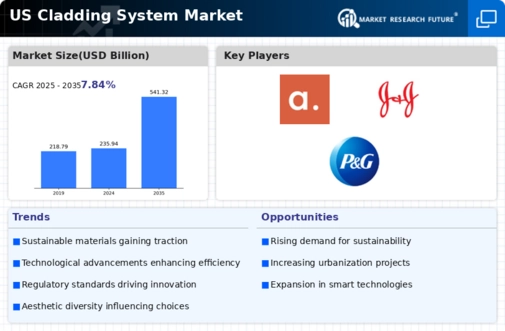
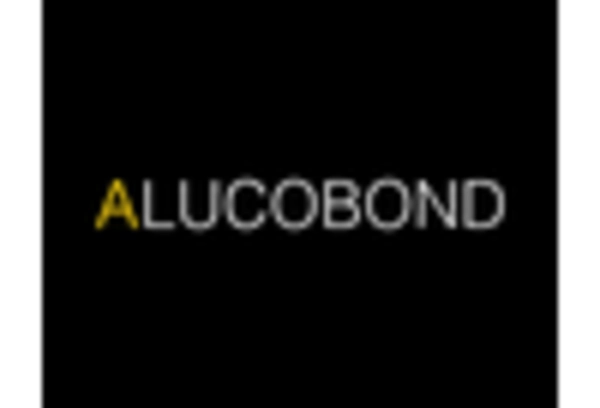
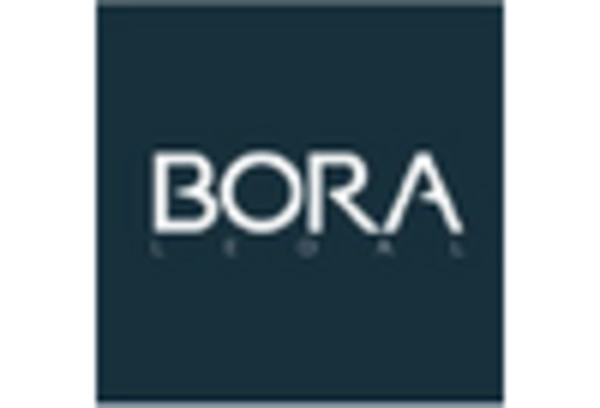
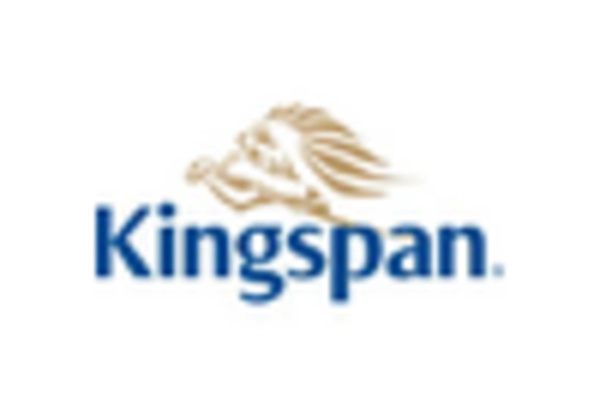
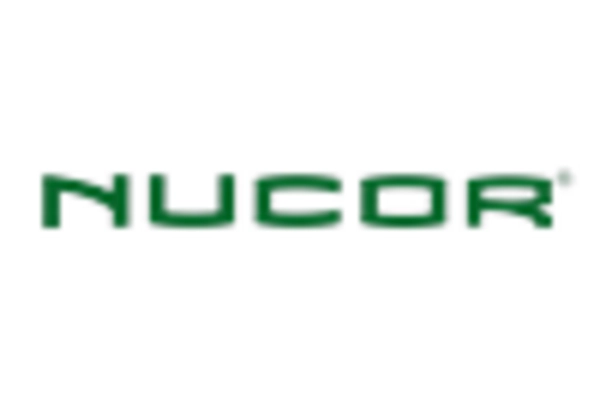
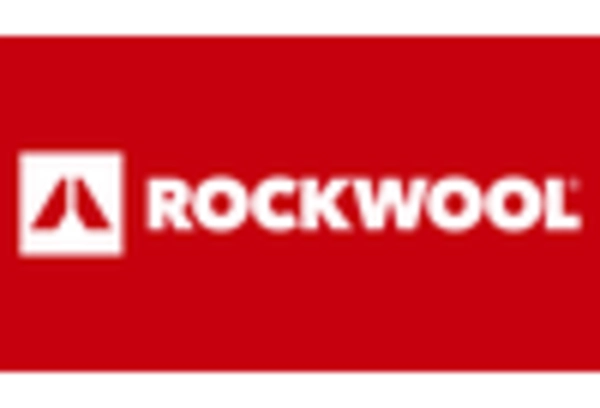









Leave a Comment